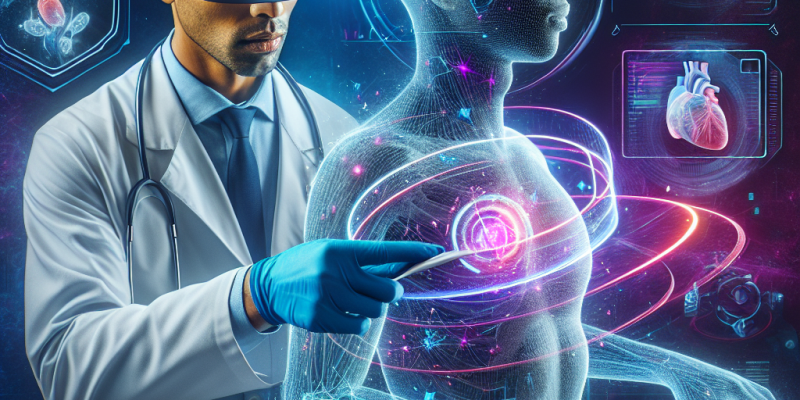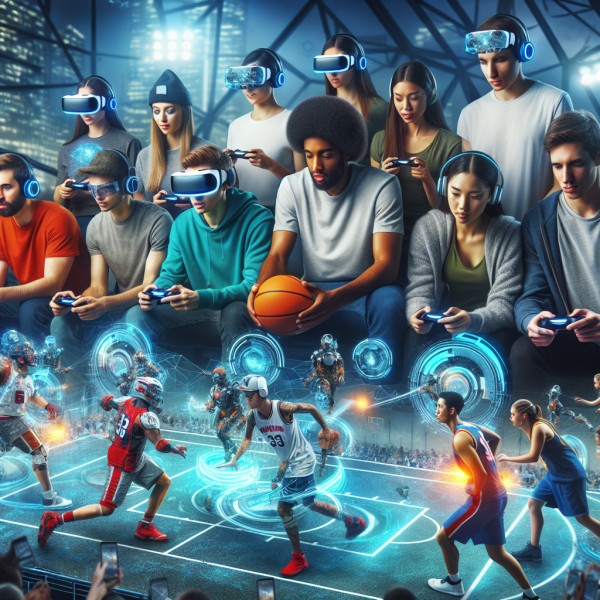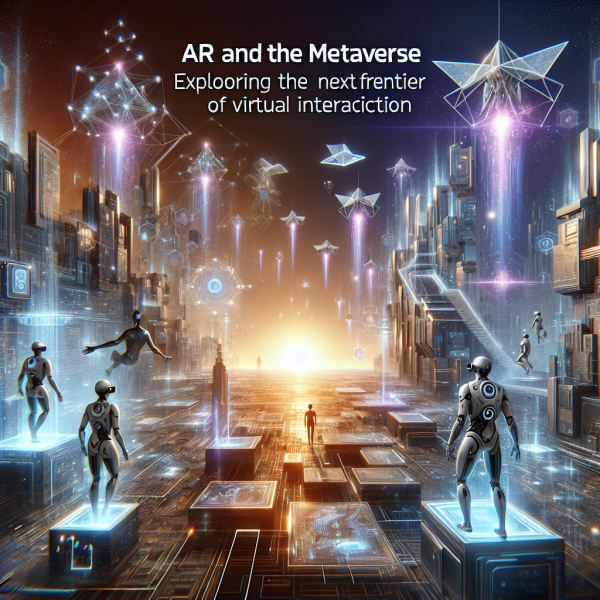AR in Action: Revolutionizing Healthcare with Augmented Reality Innovations

The integration of technology into healthcare has significantly altered the landscape of medical practice, diagnosis, and treatment. Among these groundbreaking technologies, Augmented Reality (AR) stands out as a game-changer, offering innovative solutions that enhance patient care, improve surgical outcomes, and facilitate medical training. By overlaying digital information onto the real world, AR provides healthcare professionals with unprecedented tools to visualize complex data, engage patients, and streamline procedures. This article explores the transformative potential of AR in healthcare, highlighting its applications, benefits, and future prospects.
Enhancing Surgical Precision
One of the most prominent applications of AR in healthcare is in the realm of surgery. Traditionally, surgeons rely on two-dimensional scans and their anatomical knowledge to navigate complex procedures. However, AR technology empowers surgeons to visualize 3D anatomical structures in real-time, directly overlaid onto the patient’s body. Prominent examples include:
-
Microsoft HoloLens: Surgeons can use HoloLens to visualize patient data in three dimensions, allowing them to better plan and execute surgeries. This capability is particularly useful in complex procedures such as neurosurgery and orthopedic surgery, where precise navigation is critical.
- Augmedics’ Xvision: This AR navigation system allows surgeons to see a 3D model of the patient’s spine projected onto their view during spinal surgery, enhancing accuracy and decreasing the risk of complications.
Such innovations not only improve surgical precision but also reduce the duration of surgeries, leading to faster recovery times for patients.
Revolutionizing Medical Training
AR is also playing a pivotal role in medical education and training. Traditional methods of training, which often involve textbooks and cadaver dissection, are being augmented by AR technology, leading to more immersive and effective learning experiences.
-
Interactive Anatomy Learning: With AR applications, medical students can visualize complex anatomical structures in full 3D from different angles, deepening their understanding of human anatomy. Apps like 3D Organon allow learners to interact with virtual organs, examining them in ways that are impossible with static images.
- Simulation of Medical Procedures: AR-based simulation training can help students practice procedures in a risk-free environment. By simulating real-life scenarios, students can refine their skills and build confidence before they move on to actual patient care.
Patient Engagement and Education
AR is also transforming how patients engage with their health and understand their treatment plans. Visual aids can play a crucial role in improving patient comprehension and adherence to treatment.
-
Visualizing Conditions: AR tools enable patients to see a visual representation of their medical conditions and the treatment processes they’ll undergo. For instance, apps can illustrate how a particular disease affects the body, helping patients grasp the importance of following certain treatments or lifestyle changes.
- Interactive Health Management: Patients can use AR applications that guide them through exercises or rehabilitation protocols. By superimposing instructions and animations in their physical environment, patients can receive real-time guidance, which enhances compliance and outcomes.
Planning and Collaboration
AR technologies are aiding collaboration among healthcare professionals. Teams can share a common view of a patient’s condition, making discussions about treatment strategies more productive.
-
Telemedicine and Remote Assistance: AR can facilitate remote consultations, allowing specialists to guide local practitioners through complex procedures over a digital interface. This capability is particularly beneficial in emergency situations where immediate expert advice is required.
- Enhanced Visualization in Multidisciplinary Teams: AR can help teams in fields ranging from radiology to surgery collaborate by allowing them to visualize the same 3D models and data sets, leading to more informed decision-making.
Future Prospects of AR in Healthcare
As AR technology continues to advance, its potential applications in healthcare are virtually limitless. Some prospective developments include:
-
Integration with AI: The fusion of AR with Artificial Intelligence can push the boundaries of healthcare further. For instance, AI algorithms could analyze real-time patient data and suggest surgical adjustments, all displayed seamlessly through AR glasses.
-
Echoing Personalized Medicine: AR tools could allow for tailored treatment plans that consider individual patient anatomy and conditions, vastly improving outcomes and patient satisfaction.
- Wearable AR Devices: Future developments may lead to the widespread use of wearable AR devices that continuously monitor patient vitals, enhancing in-patient care and chronic disease management.
Conclusion
Augmented Reality is not just a futuristic concept but a present-day reality that is reshaping the healthcare landscape. By enhancing surgical precision, revolutionizing medical training, improving patient engagement, and fostering collaboration, AR technologies are paving the way for a new era of healthcare innovation. As the technology matures and becomes more accessible, the full potential of AR is only just beginning to unfold, promising significant benefits for both patients and healthcare providers alike. Embracing these innovations will undeniably lead to better health outcomes and a more efficient healthcare system.













